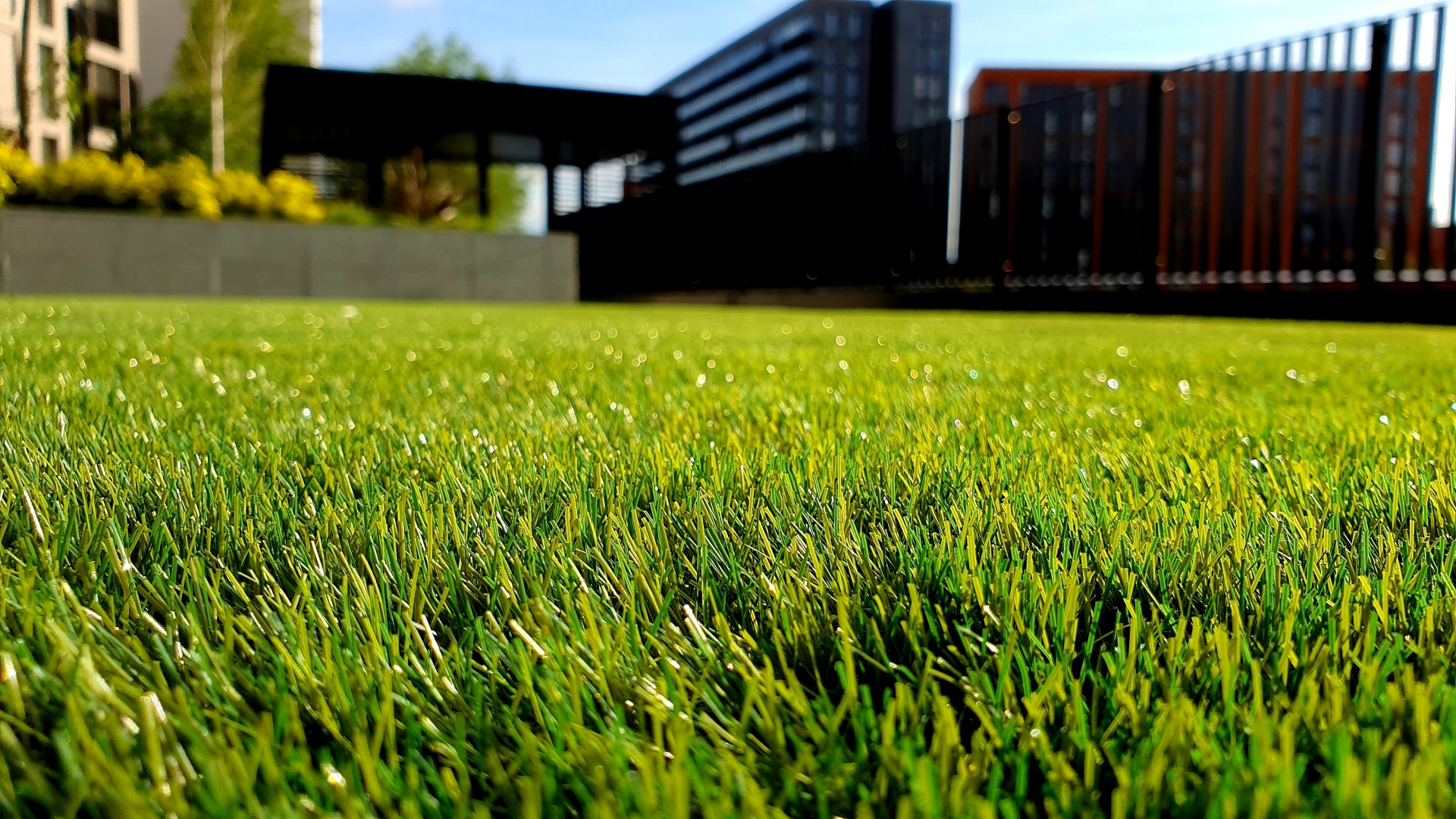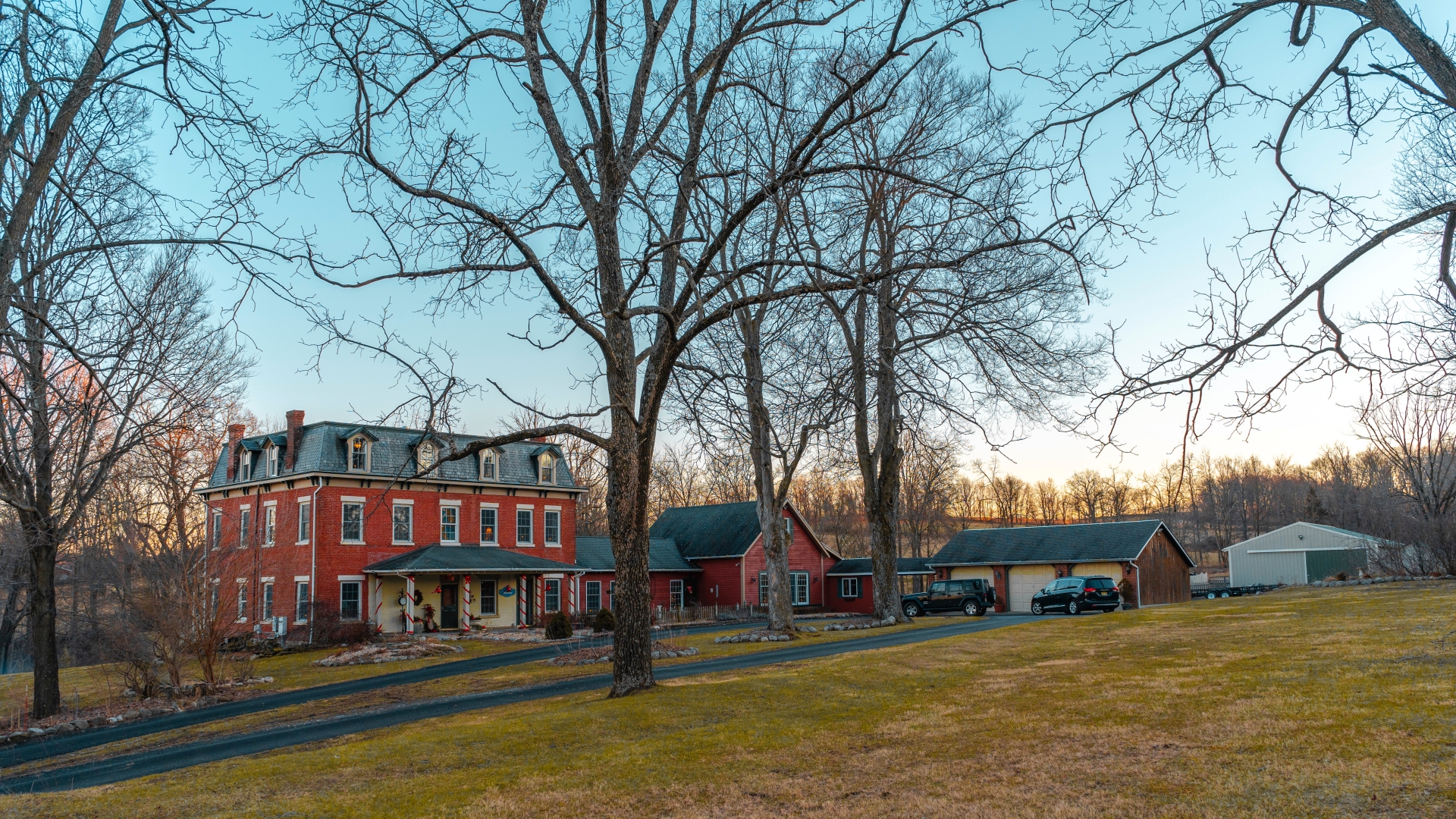
If you want to be proud of your home, you need to think about more than just interior decor. It’s worth researching the best exterior house design ideas, and maintaining a beautiful lawn. The right grass can improve the appearance of your property. It can also help with soil stabilization, air purification, and temperature moderation. In this article, we’ll help you select the right type of grass for your lawn.
Understand Your Climate
Before you buy, it’s important to think about your local climate. Different grass species are adapted to varying temperature ranges and humidity levels. Think about warm-season grasses such as Bermuda grass, St. Augustine grass, and Zoysia grass. They’re well-suited for hot, humid regions where temperatures often exceed 80°F. These grasses thrive in the heat and can also withstand drought conditions.
On the other hand, consider cool-season grasses like Kentucky bluegrass, tall fescue, and perennial ryegrass. These flourish in cooler climates, where temperatures range from 60°F to 75°F. These grasses are ideal for regions with cold winters and moderate summers.
Assess Sunlight And Shade Conditions
Assess the amount of sunlight and shade your yard receives throughout the day. You can then select a grass type that matches your specific conditions. Some grasses (like Bermuda grass and Zoysia grass) thrive in full sun and require at least six hours of direct sunlight per day. They’re ideal for open areas with minimal shade. In contrast, other grasses (such as St. Augustine grass and tall fescue) can tolerate partial shade. They can thrive in areas with filtered sunlight or dappled shade.
Some species are more versatile in this regard. Once it’s become established, sir Grange grass can thrive in both full sun and high shade areas. It displays a luscious dark green color, and needs 75% less nitrogen than other common turf varieties. It requires less mowing, and there’s a wide range of mowing height options.
Consider Soil Type And Quality
Different grasses have varying soil requirements. As a result, it’s essential to choose a grass type that’s compatible with your specific soil conditions. Conducting a soil test can provide valuable information about its pH, nutrient levels, and drainage capacity.
Some grasses (like Kentucky bluegrass and Bermuda grass) prefer well-drained, fertile soil with a neutral pH. In contrast, other grasses (such as buffalo grass and Bahia grass) can tolerate poor soil, low nutrient levels, and acidic or alkaline pH.
Evaluate Your Lawn’s Use
Do you want a lawn that’s functional and practical, or more ornamental and aesthetic? Some grasses are more tolerant of foot traffic, pet activity, and sports than others. If your lawn receives heavy use, you may want to choose a durable, wear-resistant grass variety. Some examples include Kentucky bluegrass and Bermuda grass. They’ll be able to withstand frequent use and recover quickly from wear and tear.
For lawns with minimal foot traffic or use, you may prefer a low-maintenance grass variety. For instance, you could think about buying tall fescue or buffalo grass. They require less upkeep and are more tolerant of infrequent care.
Factor In Maintenance Requirements
Some grasses require frequent mowing, fertilization, and irrigation, while others need less maintenance. When choosing grass for your lawn, consider your willingness and ability to provide the necessary care. Are you a keen gardener who loves to be outdoors, or do you want to keep these activities to a minimum?
High-maintenance grasses (like Bermuda grass and Kentucky bluegrass) offer a dense, lush appearance. However, they require regular upkeep, including frequent mowing, fertilization, and watering. In contrast, low-maintenance grasses (like tall fescue and buffalo grass) are more tolerant of infrequent care, and less-than-ideal conditions. These grasses require less mowing, fertilization, and watering, making them ideal for homeowners with limited time or resources.
Determine Your Aesthetic Preferences
Different grass varieties offer varying colors, textures, and growth patterns. Some grasses (like Zoysia grass and St. Augustine grass) provide a thick, carpet-like appearance with a fine texture. These grasses are ideal for homeowners who prefer a manicured, uniform look.
In contrast, other grasses (like tall fescue and buffalo grass) have a coarser texture and a more open, informal appearance. They’re well-suited for homeowners who prefer a natural, relaxed look. By considering your aesthetic preferences, you can make sure the grass enhances the beauty of your property. If required, you can even use outdoor spotlighting to highlight your favorite areas.
Weigh Environmental Considerations
With every passing year, the world becomes increasingly aware of the need for environmental responsibility. Some grasses (like Kentucky bluegrass and Bermuda grass) require significant water and chemical inputs. In turn, this can impact local water resources and ecosystems. In contrast, drought-tolerant grasses (like buffalo grass and Bahia grass) require minimal water and chemical inputs. As a direct consequence, this reduces their environmental footprint.
By weighing environmental considerations, you can select a grass variety that’s not only well-suited to your needs but also environmentally sustainable. You can also pass on your newfound knowledge to others, or campaign for more environmentally-responsible gardening practices.
Consult Local Experts
Even a keen gardener will be the first to admit that they don’t know everything about lawns. Fortunately, local experts can prove invaluable in helping you select the right type of grass. Landscape professionals, extension agents, and nursery staff often have firsthand knowledge of the specific growing conditions in your region. They can offer insights into factors like soil types, climate considerations, and common lawn pests in your area.
By consulting with local experts, you can benefit from their experience and knowledge. They can help you choose a grass variety that’s well-suited to your specific needs and conditions. They can also provide recommendations on lawn care practices. These may include proper mowing, watering, and fertilization. Such wisdom can help you maintain a healthy, vibrant lawn that’s admired by others.
Choosing the right type of grass for your lawn requires careful consideration and plenty of research. By taking the time to evaluate your needs and consult local experts, you can select the ideal grass variety. It’ll become radiant and flourishing, looking great, and potentially benefiting the environment.












